Villa Joya is a boutique hotel and restaurant on the coast of The Algarve in southern Portugal near the town of Albufeira, which is a 40-minute drive from Faro airport. The property is perched on the edge of a cliff overlooking the sea and has 21 rooms. The restaurant was established in 1982 and is a seasonal operation, opening from March to November. The name means "House of Joy" after the daughter of the family that bought the property in 1979, Claudia and Klaus Jung. Joy Jung is now the sole owner of Villa Joya.
The dining room has an open-air terrace and overlooks the sea. Tables have carefully ironed tablecloths and are well spaced, with not especially comfortable wicker chairs; there is also a kitchen table available. Music plays in the dining room, ranging from the slightly surreal (Earth Wind and Fire and George Benson covers sung in German) to classical. The area is popular with German tourists, and indeed the restaurant menu is printed in German, though an English version is available on request. All but two tables of diners on our first evening here were German speakers.
There is only a tasting menu available in the evening, though a la carte choices can be sampled at lunch. Starters range from €42 to €52, main courses €46 to €56, desserts €17. The evening tasting menu was €175 (£127 at present), and there is a version of this at lunch for €105. A typical price per person at dinner, sharing a modest wine, would be around £160. Austrian head chef Dieter Koschina was recruited here from Salzburg in 1991 and gained the restaurant a first star in 1995 and a second Michelin star in 1999, which it has retained ever since. It was the first restaurant in Portugal to gain two stars. The menu changes daily with an emphasis on local seafood. Depending on the time of year, between 15 and 25 chefs work in the kitchen.
The wine list arrives on an iPad rather than a printed book, with a cellar of around 500 different labels. It started at €39 but quickly climbed in price, the costliest bottle being €3,350. Example wines were Alvarinho Contacto 2013 at €43 compared to a retail price of €18, Brancaia Il Blu 2001 at €95 for a label that costs around €31 in a shop, and Bouchard Mersault Les Perrieres 2008 at €195 for a wine that will set you back about €58 in the high street. We drank Cuvee Frederich Emile 2007 at €118 for a bottle that retails at €54. At the posh end of the list, Chateau Margaux 2004 was €980 compared to a current market price of €456, and Romanee Conti La Tache 1994 was €3,350 for a bottle with a retail price of €1,956.
We tried four meals here over the space of three days. The first dinner began with nibbles of fried quail breast with Asiatic sauce, and razor clam with yuzu served in its shell. The quail was nicely cooked, though the sauce for me could have been spicier (16/20). The razor clam was tender enough, but the yuzu on its own made for quite a plain dish; the quality of the clam itself was fine but did not compare well to ones I have tried in Japan, or indeed at The Kitchin in Edinburgh (14/20). Better was a delicate beetroot macaroon (16/20). Bread was made in the kitchen from scratch and included nice pretzel, focaccia, sesame seed, sourdough, olive loaf and some German salted rolls. The breads were pleasant though more than one was a little dry (15/20). I noticed that at lunch it was better, as presumably it is made in the morning and is a touch fresher.
The first dish of the tasting menu was a single large prawn with "Greek salad". The prawn was tender, and the salad had cucumber and dill rather than the more usual olives or feta cheese, but it all worked well (15/20). Crayfish with kohlrabi and a tomato and crayfish sauce again had tender shellfish, the tomatoes having particularly good flavour (16/20).
John Dory came with radish, lettuce, carrots, enoki mushrooms, snow peas, lettuce and baby leek with a cream sauce. The fish had good flavour and was precisely timed and the vegetables were well cooked (15/20). I slightly preferred monkfish with a tomato and saffron beurre blanc and what I think was a little sauerkraut. The fish was again very good, the classic sauce well balanced, avoiding that metallic note that saffron can easily bring to a sauce if overused (16/20).
Turbot was served with cauliflower and potato purée and a cream sauce flavoured with chives. This was another enjoyable classical dish, the fish excellent and going well with its accompaniments (16/20). My main course of veal shank came with cauliflower and a red wine sauce. The cauliflower was excellent, and in some ways more interesting than the perfectly pleasant but hardly exciting veal (15/20).
Over two lunches we were able to try several further dishes. Sea bass came with baby white beans, artichokes and chorizo sauce. This was capably made, the fish with crisp skin and accurately timed, the artichokes tender and going well with the chorizo (16/20).
Monkfish came with tonnato (tuna) sauce and herb salad. The fish had good flavour and the quite rich sauce, garnished with herbs, was a good match for the taste of the monkfish (15/20). Black pork came with slices of pata negra, a single large prawn and a risotto in a red wine sauce. The pork and shellfish went together quite well, seasoning was accurate, the risotto had good texture and the red wine sauce again had plenty of depth of flavour (16/20).
A chocolate and lemon dessert used two different Valrhona chocolates, one milk and one dark, with a velvety mousse, chocolate cake and a lemon foam providing some acidity to balance the richness of the chocolate; the dessert was decorated with a least-shaped chocolate tuile (16/20).
At a second dinner at the kitchen table, the meal began with an excellent sturgeon tartare dish with a mustard sauce, the fish having lovely flavour and the mustard nicely lifting the dish (17/20). A further nibble of oyster, celery ravioli, imperial caviar and champagne sauce was also enjoyable, the pasta carefully made (16/20). Goose liver came in two forms. A cooked version came with raspberries and a vanilla sauce, which to me seemed simply odd. The raspberry made perfect sense to provide a little acidity, but why would you pair a sweet vanilla sauce with a rich liver dish? To compound things, the vanilla flavour was strong and dominated the other elements (13/20).
Avocado with prawn in ginger soup had carefully cooked prawn, two scoops of cold avocado mousse, an intense ginger cream with ther broth having plenty of flavour from the spice (16/20). I really enjoyed the next course, with new season white and green asparagus, some wrapped in bacon, with a red wine sauce that I think had some balsamic vinegar in it, along with a champagne foam. The asparagus was of high quality and precisely cooked, the sauce having lovely depth of flavour (18/20).
Grouper with mushroom duxelle came with enoki mushrooms and a mushroom sauce. The fish was again accurately cooked, the sauce enjoyable. I like the fact that the sauces here came in proper pools and not the artistic but tasteless blobs so many modern chefs seem to favour (16/20). Sea bass with chorizo ravioli had excellent bass and nicely made pasta, the sausage pairing well with the bass (16/20).
For the main course I had pork, and my wife had monkfish, each with the same garnishes: cubes of potato topped with lemon puree, olives, clams, artichokes and a white wine sauce flavoured with thyme. I was not entirely convinced about what the lemon added to the potato, but otherwise it was a very enjoyable dish (16/20). A pre dessert of tomato compote with basil sorbet seemed just odd at this stage of the meal, and would have been fine as an amuse-bouche. The dessert course was tropical fruits: a fruit salad of papaya, mango, kiwi and pineapple, tamarind ice dream, coconut parfait and also a banana and passionfruit parfait with a grenadine "caviar" syrup. This was all perfectly pleasant without being thrilling (15/20). There was a final element of chocolate with bergamot and yuzu foam, where the bergamot flavour was mercifully muted.
Service was fine, though as with our other meals the waiters delivered the dishes efficiently enough but were unable to elaborate on the bare bones menu descriptions. For example the red wine sauce and champagne foam with the asparagus was described by our waitress as "er white sauce", which does not suggest a deep familiarity with the preparation of the dish. The star of the service operation was the Scottish assistant sommelier (a gentleman called Hardy), who was capable, charming and friendly throughout our stay. I have not entered a "price I paid" since the four meals varied quite a bit, and two were part of a room/meal bundle, so it is tricky to pick apart. It is not a cheap experience however, and I feel that you are paying a premium for the admittedly lovely view.
Overall, Villa Joya provides a very enjoyable dining experience. The cooking is generally classical in style, making plenty of use of the local seafood. I was especially pleased that the art of the sauce is alive and well here, something that is increasingly neglected in many modern kitchens. The standard of cooking was consistent across the four meals that we tried, and I appreciated the fact that the menu changed to some extent each day, which allows residents to eat here multiple times without repeating dishes. Service seemed fairly basic for a restaurant at this price point, but was perfectly pleasant and serviceable. You also have the bonus of the genuinely stunning sea view.

































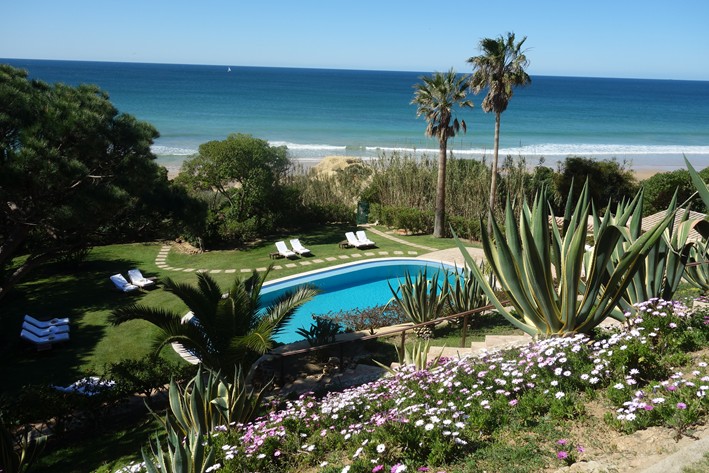

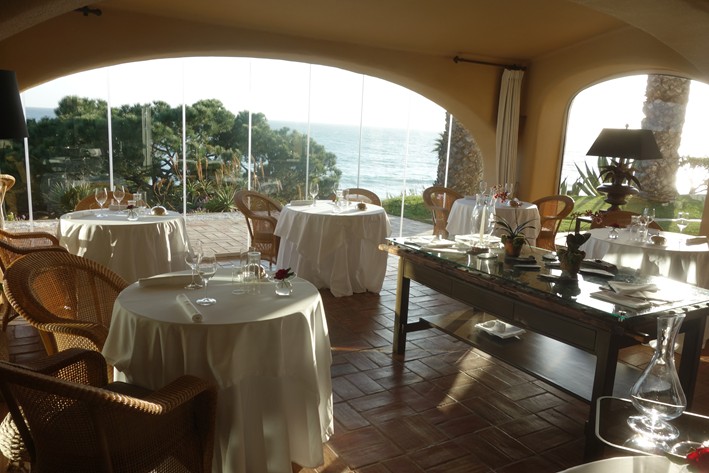
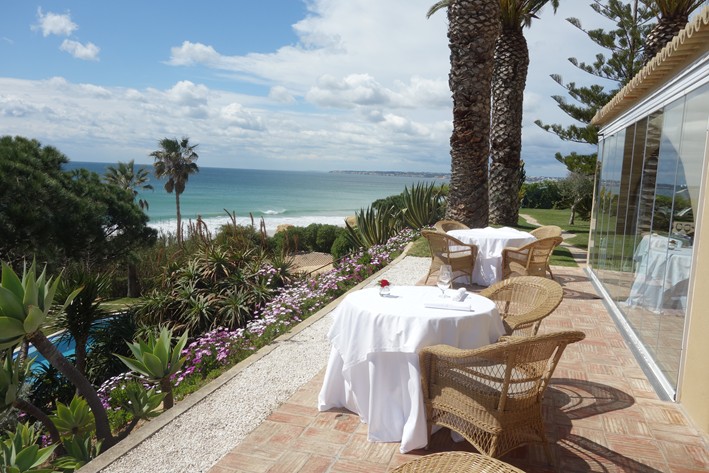

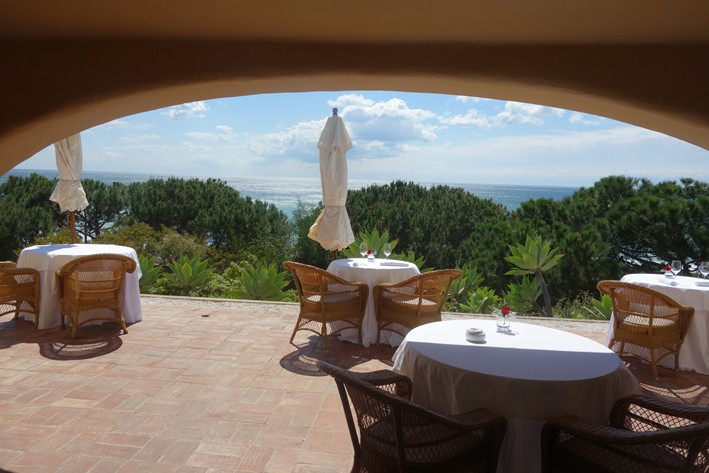
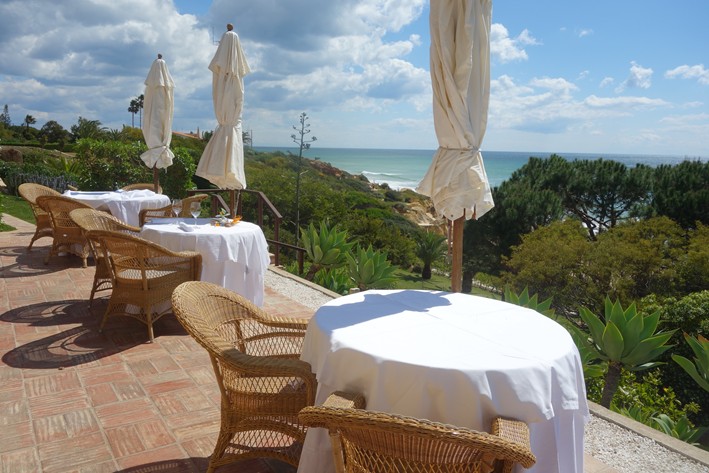

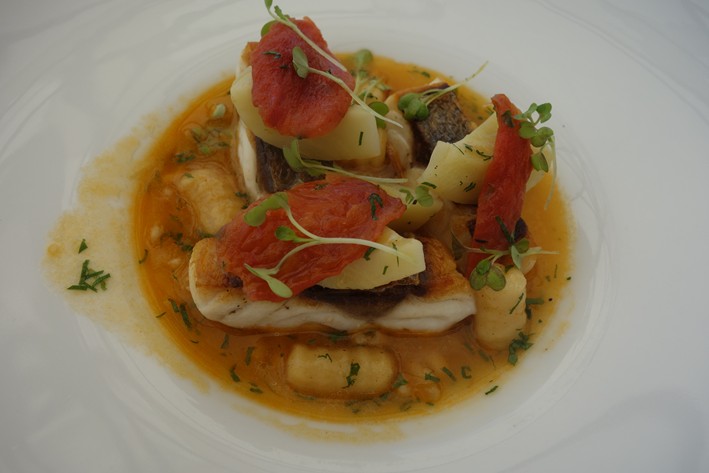

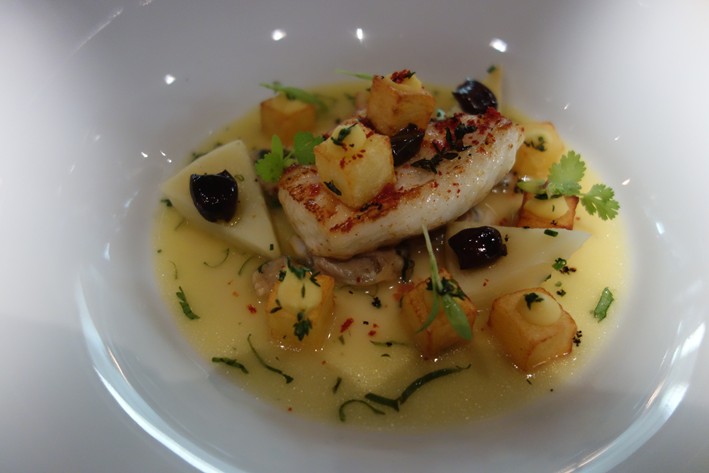

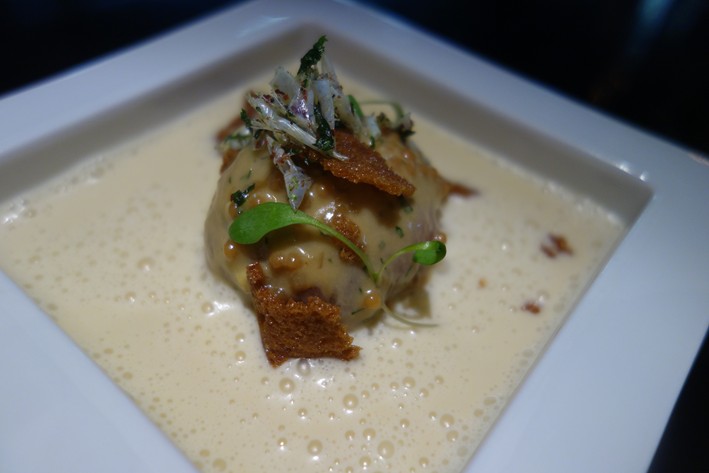
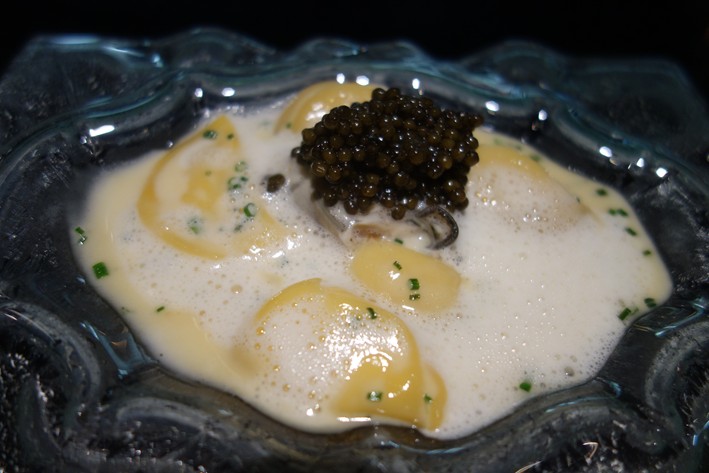
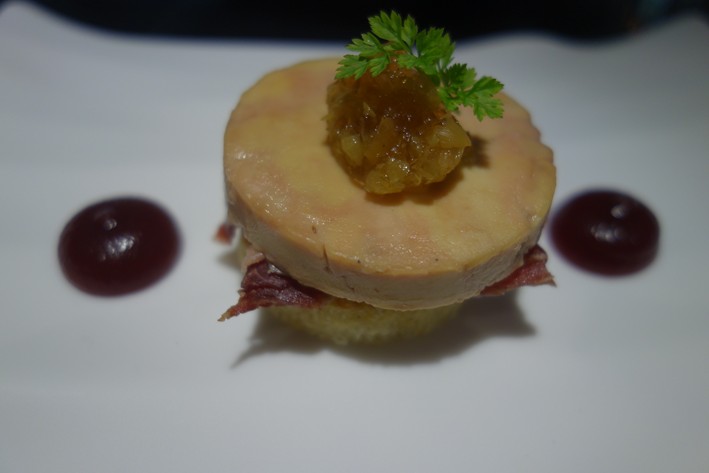
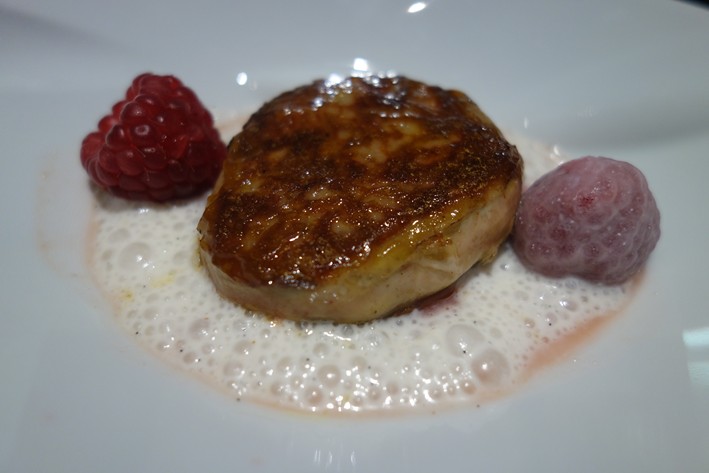
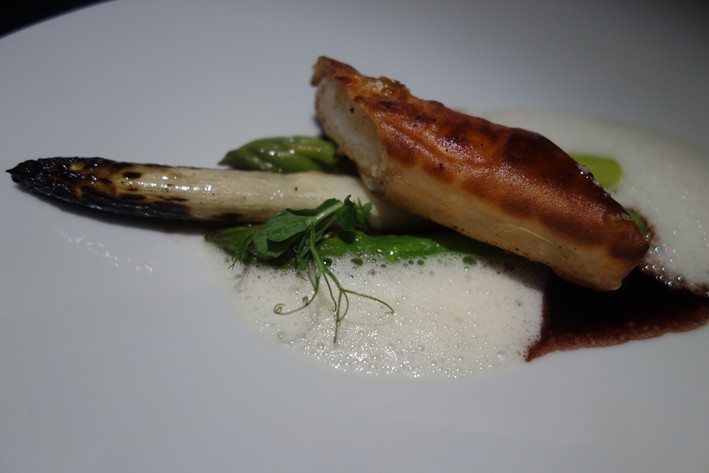
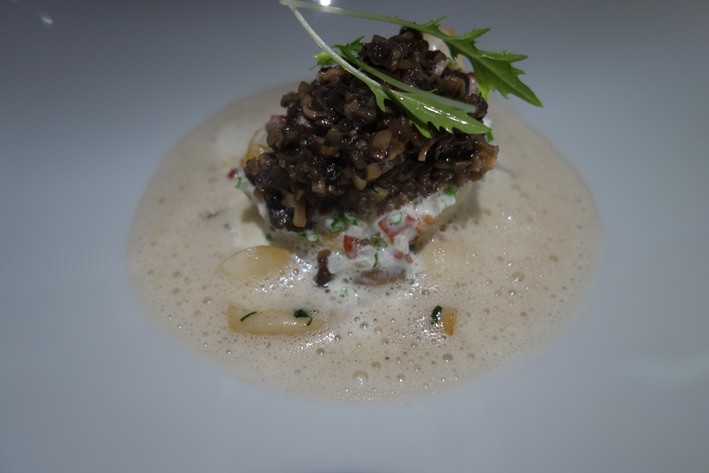
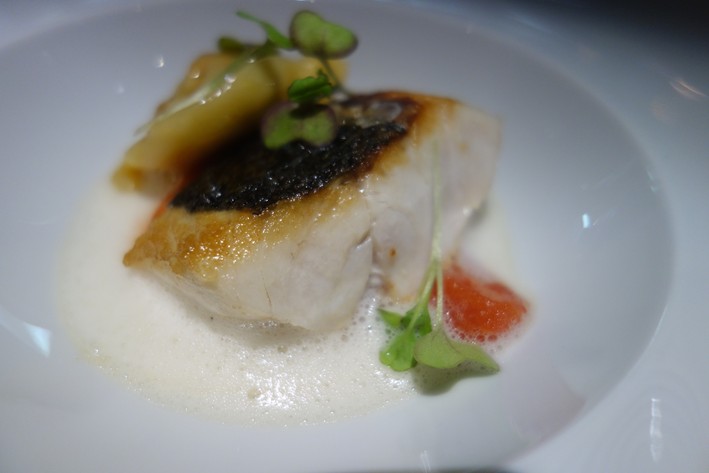

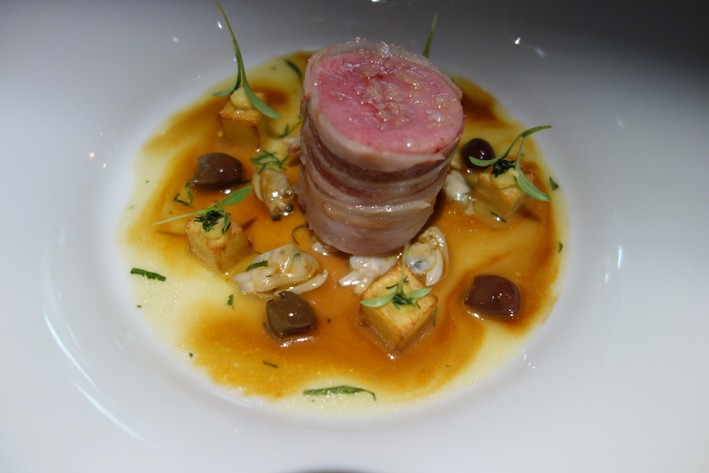
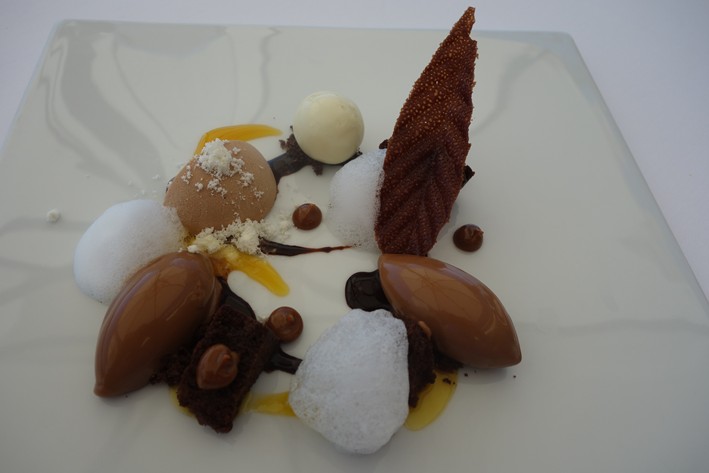

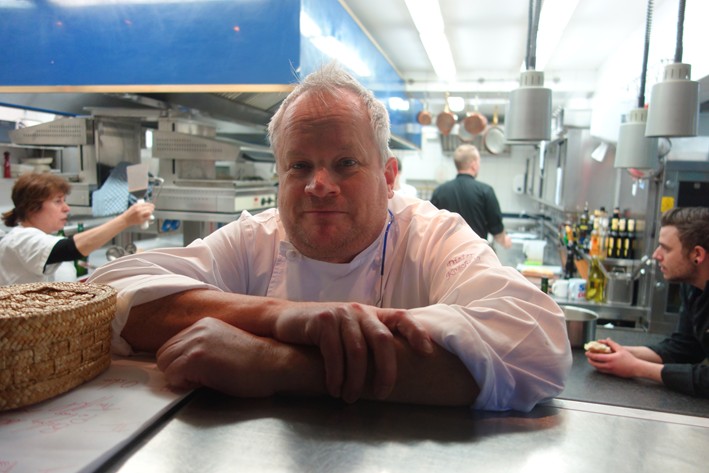

Wolfgang Bock
We spent three days at Villa Joya and fully subscribe to Andy‘s review. By far the best place on the Algarve coast. Personally I like the style of cooking with deep flavours and balance. Great service as well, with a easy and friendly touch.
Ken Donohoe
Dined at the Chef's table last night for the 3rd time, our previous being 2 years ago... Saw a noticeable step up with a much more modern twist... A great service by all the team & considering the menu does change daily, then 'Hats Off!'